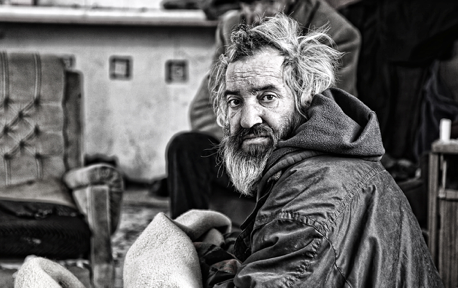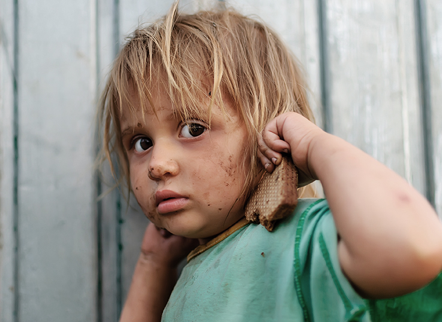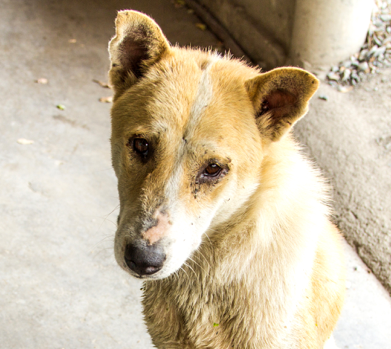
6 Tips for Maximum Donor Impact Using Stock Photos in Fundraising
The right fundraising image can make or break an appeal, but we live in a roaring sea of communications. Stock photography is everywhere we look. In fact, 9 times out of 10, the commercial and nonprofit messages we see incorporate some type of stock imagery. Although the pressure to pick the “right shot” is high for organizations, it’s even more intense for nonprofits because of tight budgets and dependence on high ROIs.
Most fundraising experts agree that it’s best to use photos of the real people (or animals!) your organization helps in your communications, because when you can link a name to a face, it creates a sense of authenticity for the donor — and builds on your great storytelling. Unfortunately, many nonprofits do not have the luxury of a homegrown library of quality visual resources. They must rely on stock images, so the right selection is critical to their appeal’s success.
Often, an image is the first design element a donor sees — so for acquisition and cultivation purposes, it needs to emotionally connect, explain the need, and set the table for the experience of the appeal, all in a matter of seconds.
Here are 6 tips to choose the right stock images that will motivate donors. Your fundraising appeal needs photos that:
1. Look genuine, not staged.
A fake image can be seen a mile away. It immediately halts any emotional connection with donors, and thus any subsequent engagement. It can even lead to donor mistrust and a feeling of being “duped.” Find images that are candid in their essence, rather than posed and staged. Avoid images that are overly saturated and seem Photoshopped.
 |
| Not genuine. |
 |
| Genuine! |
2. Represent the problem.
“A picture is worth a thousand words.” The famous saying rings especially true in fundraising. The stock image should immediately tell the donor what the issue is and whose life is at stake — homeless pet, hungry child, international relief for a mother and baby, cancer treatment for senior, etc. The image needs to clearly paint the picture of need. Visual cues within it achieve this goal. For example, cues like the background, clothes, demeanor, and cleanliness can be leveraged.
 |
| A thousand words. |
3. Emotionally engage.
The connection between the power of one donor and the story of one person in need all begins with the image. Eye contact is key — whether the subject is a pet or person. Eye contact represents the need and emotionally engages the donor.
 |
| Lacks engagement. |
 |
| Strong engagement! |
4. Conjure up feelings of urgency.
A pensive, uncertain look, rather than a smiling face creates an immediate sense of urgency. By showing concern in the eyes of the person in the image, you’re telling the donor they need help right now.
 |
| Not urgent. |
 |
| Urgent! |
5. Represent the demographic you serve.
Images in the appeal should look like the people and/or pets you help to increase the authenticity of your fundraising appeals.
 |
| Too polished for animal rescue. |
 |
| The reality of animal rescue. |
6. Show context.
Pensive images with context create an extra level of description that can lead to a stronger emotional connection with the donor. For example, an image of an impoverished child wearing a tattered, dirty shirt in front of a straw hut stokes the emotions more than a simple headshot. Context immediately shows the reality of the situation and paints the urgent picture in the donor’s mind.

Pro-tips to make your fundraising appeals a success:
- If there’s nothing that meets the criteria, go with NO PHOTO.
If you can’t get the right photo for your needs, you are better off depending on your donor’s imagination. Let the story do the emotional heavy lifting. The wrong image will suppress response. Remember the image is the first thing donors will see. You need to make a great first impression. - Start building your organization’s library of story content.
While searching for the right stock photos, have a plan established to cultivate original images coupled with stories. Create a schedule for resource gathering so you can get those awesome homegrown, grassroots stories and images right in your backyard. Ultimately, nothing is more powerful than the real thing.
